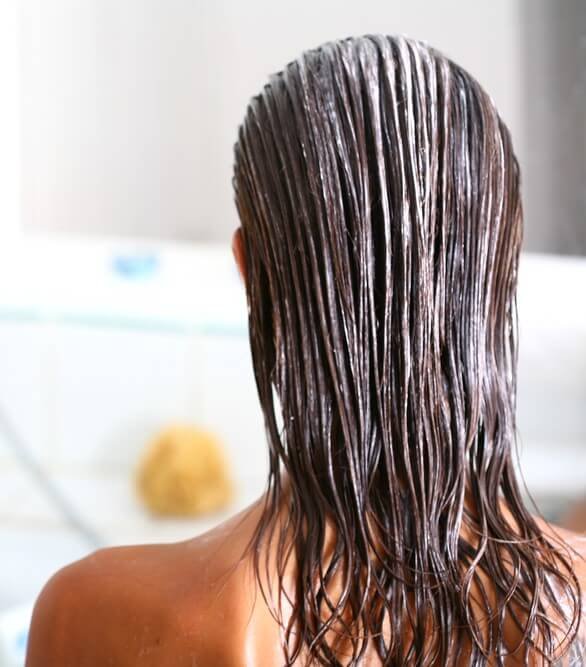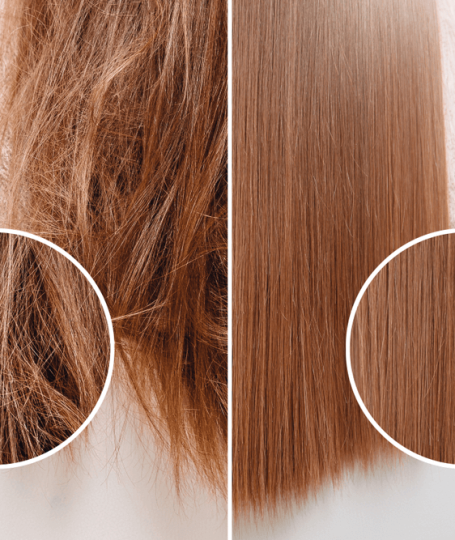No products in the cart.: ₨ 0
How to Use a Hair Mask

Using a hair mask can significantly enhance the health and appearance of your hair, providing deep nourishment and addressing specific hair concerns.
No matter, you’re dealing with dryness, damage, or dullness, incorporating a hair mask into your hair care routine can work wonders. Here’s a detailed guide on how to use a hair mask effectively:
Choose the Right Hair Mask
The first step in using a hair mask is selecting one that suits your hair type and addresses your specific needs. Here are a few types of hair masks and their benefits:
Hydrating Masks: Ideal for dry and brittle hair, these masks typically contain moisturizing ingredients like shea butter, coconut oil, and argan oil.
Repairing Masks: Perfect for damaged or chemically treated hair, these masks often include proteins like keratin and amino acids to strengthen the hair.
Color-Protecting Masks: Designed for color-treated hair, these masks help to preserve the vibrancy of your color and prevent fading.
Smoothing Masks: Best for frizzy or coarse hair, these masks contain ingredients like silk proteins and oils to smooth and tame the hair.
Prepare Your Hair
Before applying the hair mask, it’s crucial to prepare your hair to maximize the mask’s effectiveness:
Wash Your Hair: Cleanse your hair with a gentle shampoo to remove any dirt, oil, and product buildup. This ensures that the mask can penetrate the hair shaft effectively.
Towel-Dry: Gently towel-dry your hair until it’s damp but not dripping wet. Excess water can dilute the mask, reducing its effectiveness.
Apply the Hair Mask
Once your hair is prepared, it’s time to apply the hair mask:
- Section Your Hair: Divide your hair into manageable sections using clips. This helps to ensure even application.
- Apply Generously: Starting from the roots, apply the mask generously, working your way to the ends. For dry or damaged ends, apply a bit more product to these areas.
- Comb Through: Use a wide-tooth comb to distribute the mask evenly throughout your hair, ensuring that every strand is coated.
Let It Sit
Allow the hair mask to sit on your hair for the recommended amount of time. This can range from 5 minutes to overnight, depending on the mask and your hair’s needs:
Read the Instructions: Always follow the instructions on the product packaging for the best results.
Use a Shower Cap: For deep conditioning, cover your hair with a shower cap to retain heat and enhance absorption.
Rinse Thoroughly
After the mask has had time to work its magic, it’s essential to rinse it out thoroughly:
Use Lukewarm Water: Rinse your hair with lukewarm water until the mask is completely removed. Avoid using hot water, as it can strip your hair of moisture.
Condition if Needed: If your hair still feels a bit heavy or greasy, you can follow up with a light conditioner to ensure all the mask residue is washed away.
Style as Usual
After rinsing out the mask, style your hair as usual:
Blot Dry: Gently blot your hair with a towel to remove excess water without causing frizz.
Apply Leave-In Products: If you use leave-in conditioners or serums, apply them to your damp hair to lock in moisture.
Air Dry or Blow Dry: Depending on your preference, allow your hair to air dry or use a blow dryer on a low heat setting.
Tips for Maximizing the Benefits of Hair Masks
Consistency is Key: Use a hair mask regularly, about once a week, to maintain the health and vitality of your hair.
Customize Your Routine: Adjust the frequency and type of mask based on your hair’s condition and seasonal changes.
Combine with Other Treatments: For severe damage, consider combining hair masks with other treatments like hot oil treatments or protein treatments.
Bottom Line
By following these steps and tips, you can ensure that your hair receives the full benefits of a hair mask, leading to healthier, shinier, and more manageable locks. Remember, the key to great hair is consistent care and using the right products tailored to your specific needs.



